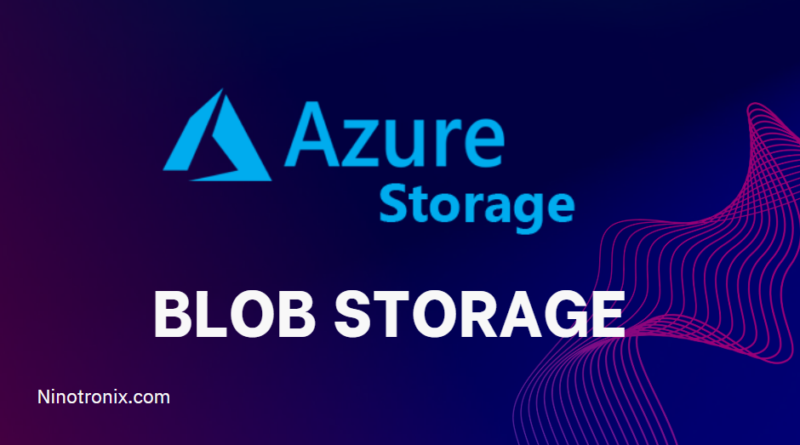Understanding the Types of Blob Storage in Azure: A Comprehensive Guide
Azure Blob Storage is a cloud-based storage service provided by Microsoft Azure. It is used to store unstructured data such as text, images, audio, and video files. Blob Storage offers several types of storage accounts, each designed for specific use cases. In this article, we will discuss the different types of Blob Storage accounts available in Azure and their key features.
- General-purpose v2 (GPv2) storage accounts GPv2 is the default type of Blob Storage account in Azure. It offers a wide range of features and supports all Blob Storage types, including block blobs, append blobs, and page blobs. GPv2 is suitable for most scenarios, from simple data storage to more complex scenarios such as data analytics, content delivery, and backup and recovery.
GPv2 offers features such as tiered storage, access tiers, and lifecycle management policies. It also supports blob-level tiering, which allows users to set the access tier at the blob level instead of the container level.
- Blob storage accounts Blob Storage accounts are designed for scenarios where the primary data access pattern is Blob Storage. They offer a low-cost option for storing and accessing block blobs and append blobs. Blob Storage accounts support hot, cool, and archive access tiers, making them suitable for long-term data retention.
Blob Storage accounts offer several features, including lifecycle management policies, versioning, and geo-replication. They also support blob-level tiering and custom domains, allowing users to map a custom domain name to their Blob Storage account.
- General-purpose v1 (GPv1) storage accounts GPv1 storage accounts are the legacy Blob Storage account type in Azure. They are no longer recommended for new deployments, but existing deployments can continue to use them. GPv1 storage accounts support all Blob Storage types, but they have a limited set of features compared to GPv2 storage accounts.
GPv1 storage accounts support access tiers, but they do not support blob-level tiering. They also do not support lifecycle management policies, custom domains, or versioning.
- Premium Block Blob storage accounts Premium Block Blob storage accounts are designed for scenarios that require high-performance storage for large-scale data analytics and big data workloads. They are optimized for workloads that require low-latency, high-throughput access to block blobs.
Premium Block Blob storage accounts support block blobs only and offer a high level of performance compared to other Blob Storage account types. They are also designed to provide low-latency access to data and support features such as geo-replication and lifecycle management policies.
In conclusion, Blob Storage is an essential component of Azure storage services, providing a cost-effective way to store and manage unstructured data. The different types of Blob Storage accounts offer various features and performance levels to meet specific use cases. When choosing a Blob Storage account, it is essential to consider the access patterns, data retention requirements, and performance needs of your workload. By understanding the different types of Blob Storage accounts available in Azure, you can choose the right account for your needs and optimize your data storage and management.


